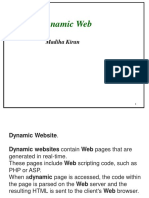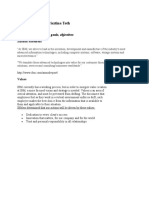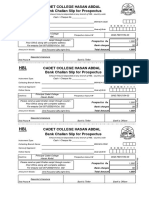0% found this document useful (0 votes)
13 views7 pagesLecture 2
The document categorizes websites into three main types: static, dynamic, and interactive. Static websites are fixed and cost-effective, dynamic websites offer personalized content and real-time updates, while interactive websites engage users through immersive experiences. Each type serves different purposes and caters to varying user needs, with statistics showing their respective prevalence on the internet.
Uploaded by
oswardkipelekaCopyright
© © All Rights Reserved
We take content rights seriously. If you suspect this is your content, claim it here.
Available Formats
Download as PDF, TXT or read online on Scribd
0% found this document useful (0 votes)
13 views7 pagesLecture 2
The document categorizes websites into three main types: static, dynamic, and interactive. Static websites are fixed and cost-effective, dynamic websites offer personalized content and real-time updates, while interactive websites engage users through immersive experiences. Each type serves different purposes and caters to varying user needs, with statistics showing their respective prevalence on the internet.
Uploaded by
oswardkipelekaCopyright
© © All Rights Reserved
We take content rights seriously. If you suspect this is your content, claim it here.
Available Formats
Download as PDF, TXT or read online on Scribd
/ 7
































































































